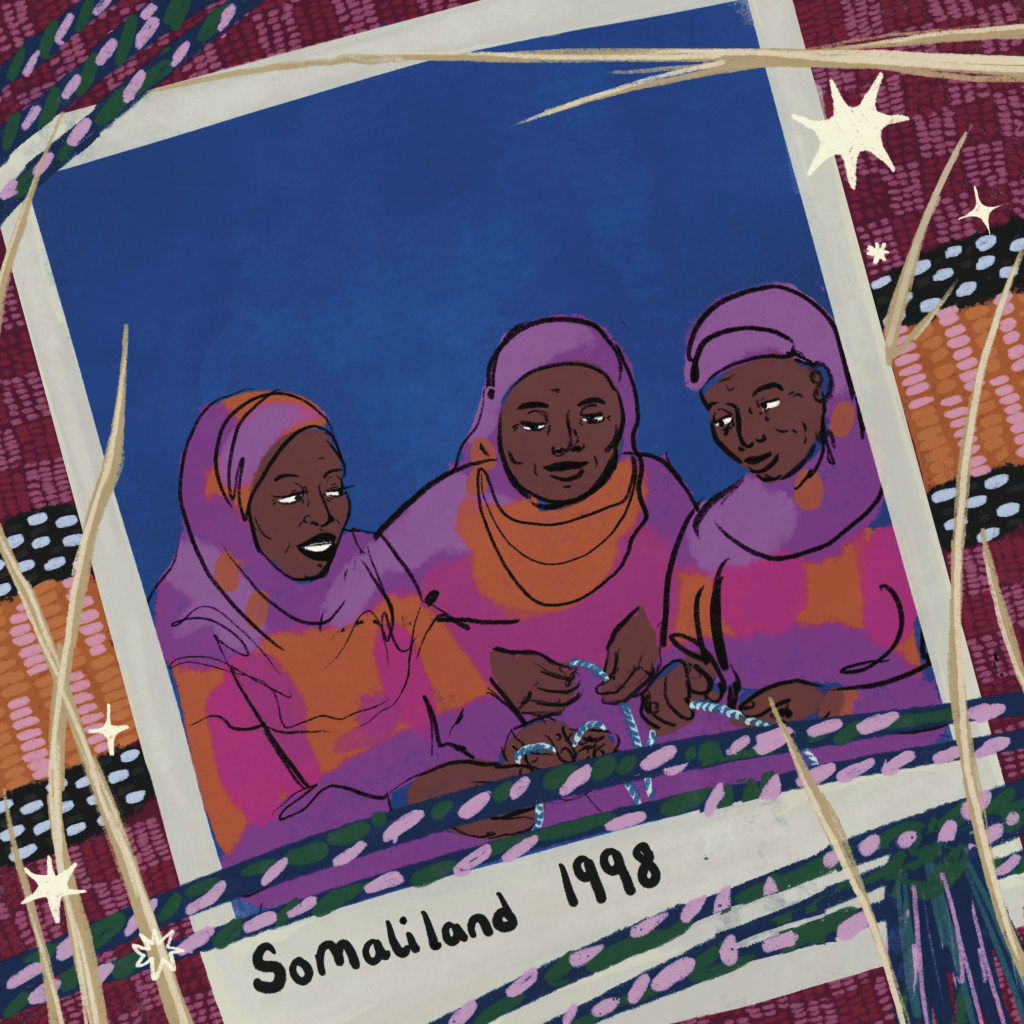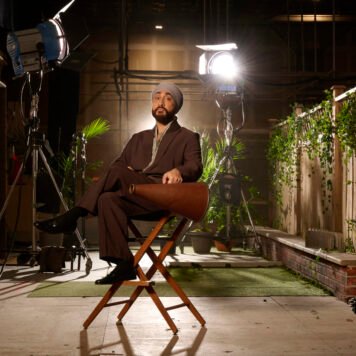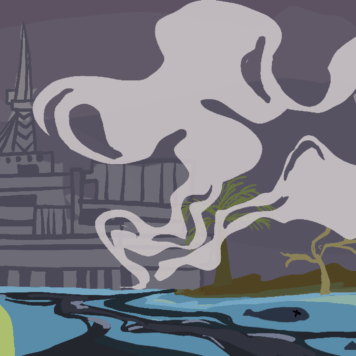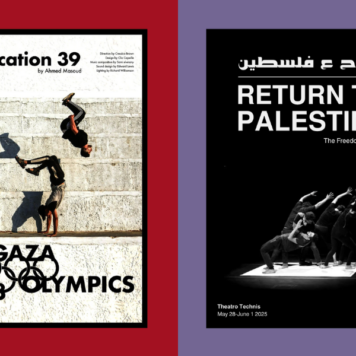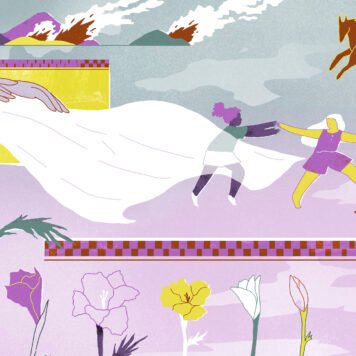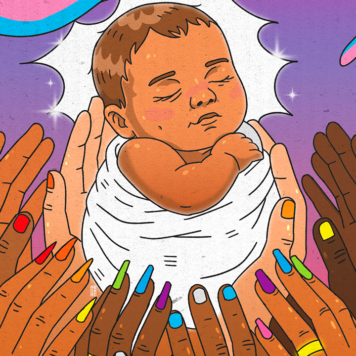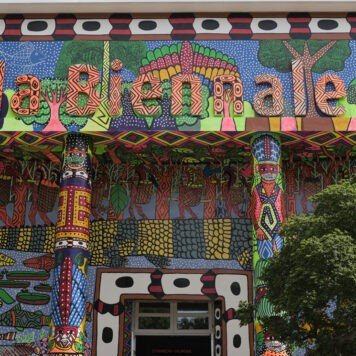There is a picture – I want to find it so much. It is a photo I took in Somaliland in 1998. I don’t know where it went. I lost it sometime after university whilst moving around like a restless destructive harpy from place to place. It was not a good period. I was not in a position to take care of myself at that time let alone objects, even if they were precious.
The one thing I crave most of all the random items I lost is that photo: it is of my mum and Habo Doll, her sister, and another woman I can’t picture. The three of them are sitting on the floor, legs straight in front, though the camera wouldn’t have caught that part. But the standout of this image is this beautiful rich blue wall, it’s not like any wall in England. It’s textured like the faces of my aunt and mum, with knowing lines.
On the floor, they are making rope for my sister’s wedding. They make it out of this plant fibre that I went on the hunt for with my aunt. The three of them are sat there, biting on these plant fibres, hands and fingers moving like mercury – beautiful and elusive, quick, turning plant fibres into threads, and then into string and then into rope.
It’s a kind of magic right in front of me – they are laughing and chatting from the sides of their mouths, so the sound is a little strange. This memory of that moment is still with me and I remember taking the photo and treasuring this insight into a world my mum left. I had never seen my mum at ease like that before.
Reconnecting to the magic of weaving
For the last five years, I have been exploring what cultural inheritances taste, look, feel and sound like through a series of food, sound, weaving experiments. The latest has involved learning about Somali nomadic weaving practices and embedding sound into the woven piece. Although the time I spent in Somaliland making rope from plants was a long time ago, I think in weaving I am always trying to reconnect with that moment. To reconnect with the magic of it all; seeing how these talented Somali nomadic women came together to make something so beautiful and practical.
These experiments have been a way of processing how we survive in an increasingly right wing and racist world during a climate crisis. I am not going to sit here and list out all the terrible policies that have been enacted by global conservative governments and their allies but instead I want to use my time to focus on hope.
It is not easy having hope. For me, learning Somali nomadic traditions of weaving with community and all the wonderful myths, stories and songs that come with it, has become a route through all the overwhelming mess of our political and climate crisis.
Toni Morrison has a beautiful response in an interview to the question of why magic, belief, myths are important. She says:
“It is truth and that’s where truth lies, in our myths, in our songs, that’s where the seeds are. It’s not possible to constantly hone in on the crisis. You have to have the love, and you have to have the magic, that’s also life.”
I think on this a lot and wonder what the seeds of our healing are. Why is it that some of us crave working with our hands and hearing these songs? Weaving Somali tapestries feels like an echo of a place that you have already been to. It feels familiar but distant. You can reach part of it somehow, in the process of learning to weave – through making with your hands, and through listening to the songs, you are mending something. You might not know what it is that you are mending, but it feels like Kabniin – a wonderful Somali word that roughly translates as bringing broken pieces and making it whole again.
It feels related to land that you are no longer on, that you were told about; the stories of lizards that tell you of the rain by their movement and position on the tree. It reminds you there is something beyond the high rises of the city. Something that is beyond us so we try and work our way back to it. It’s in our body.
This is slow work – particularly when weaving or making plant fibres from scratch.
Creative resistance
In the wonderful book Yearning, Race, Gender and Cultural Politics by bell hooks there is chapter on ‘Aesthetics Inheritances, History worked by Hand’ which captures the essence of my longing for this photo.
In this chapter, hooks describes her grandmother’s quiltmaking as a quiet form of creative resistance, quoting the celebrated artist Faith Ringgold, known for her beautiful narrative quilts capturing everyday lives of African Americans.
“In her comments on quiltmaking, Faith Ringgold has expressed fascination with that link between the creative artistry of quilts and their fundamental tie to daily life. The magic of quilts for her, as art and artifice, resides in that space where art and life come together. Emphasising the usefulness of a quilt, she reminds us: “It covers people. It has the possibility of being a part of someone forever.”
Reading her words, I thought about the quilt I covered myself with in childhood and then again as a young woman. I remembered mama did not understand my need to take that “nasty, ragged” quilt all the way to college. Yet it was symbolic of my connection to rural Black folk life – to home.
I recognise this need for connection to creative ancestral practices that sustained Somali nomadic women. It is a type of nomadic echo, in the midst of displacement and crisis, its call even if it’s ever so faint but it is full of love and magic. We would be lost without it.
What can you do?
- House of Weaving Songs is a multi-sensory tribute to Somali heritage in the face of climate collapse using traditional nomadic weaving techniques. They will be touring again in 2025 – you can catch it at Shambala festival and elsewhere. Keep updated by following Dhaqan Collective on their website and Instagram.
- Watch This Is Not a Burial, It’s a Resurrection is a 2019 drama film directed by Lemohang Jeremiah Mosese
- Also Numbi Arts Somali Museum UK a virtual and physical container for the varied stories of Somalia and Somali people based globally and in the UK.
- Read Fozia’s recommendations Yearning, Race, Gender and Cultural Politics by bell hooks
- To learn more about the impacts of climate crisis on Somalia and the necessary work to drive change, follow Somalis For Sustainability, a network of Somali changemakers building a path to a sustainable future
- Read more about art activism HERE
